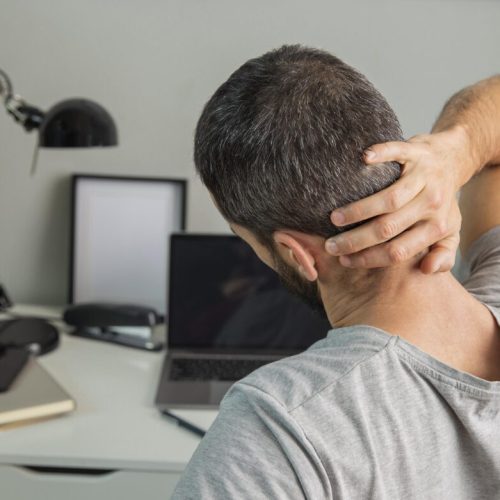Torticollis
TORTICOLLIS is an abnormal posture in which the lead and neck are held in side flexion towards the affected side with rotation of the neck to the opposite side.

Causes
Muscular contracture of sternomastoid muscle on one side noted in early months of life. Although the cause may be undetermined, it is thought that maybe cause by some sort of trauma during delivery.
- TRAUMA – fracture of upper humerus,clavicle, c-1,c-2 subluxation
- CONGENITAL – abnormal formation of cervical spine resulting in the bony deformity
- INFECTION – viral infection cause infection of cervical glands,retropharyngeal abscess
- OCULAR PROBLEMS – squint ,visual field defect
- IDIOPATHIC –no obvious cause
Warning Signs You Should Never Ignore: Sign and Symptom Back PainTorticollis

1. CONGENITAL MUSCULAR TORTICOLLIS (CMT) :
- Notice initially at age of 4 month or
- Parents may notice lump at muscle(sternomastoid tumor),level at angle of jaw- apparent when baby cries
- Tightness of sternocleidomastoid muscle may not be accompanied by tumor
2. JUVÉNILE MUSCULAR TORTICOLLIS :
- It is uncertain this condition happen
- Either it is present but not recognize during infancy and head always tilted to one side
- The child may have developed facial asymmetry and head always tilted to one side
- Head and muscle will be contracted and required surgical release
Risk Factors for Torticollis. Don't Ignore These!
(1) TORTICOLLIS
When it comes to congenital torticollis, the number one risk factor is being a firstborn child. For some unknown reason, congenital torticollis is less common for children who are born second or later. For acquired torticollis, risk factors include traumatic injuries to the neck and certain illnesses

